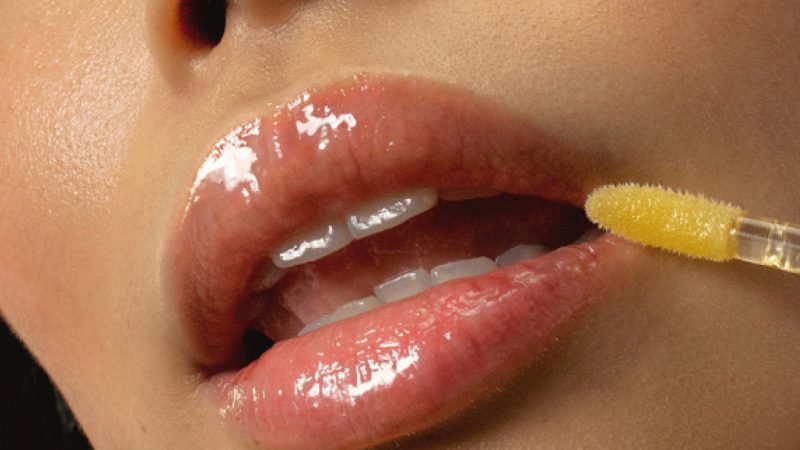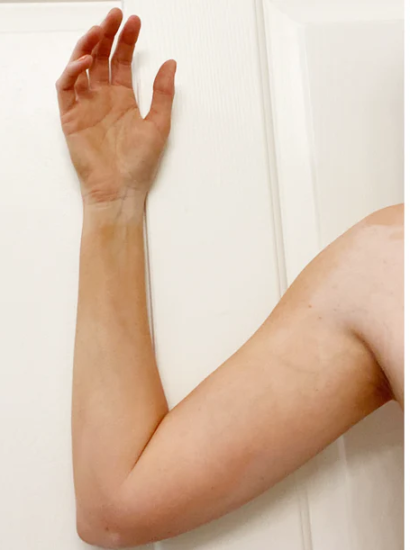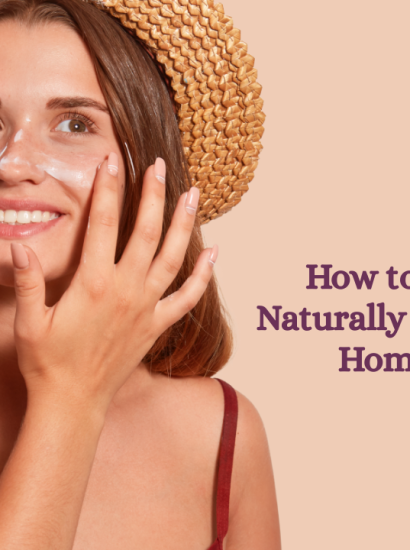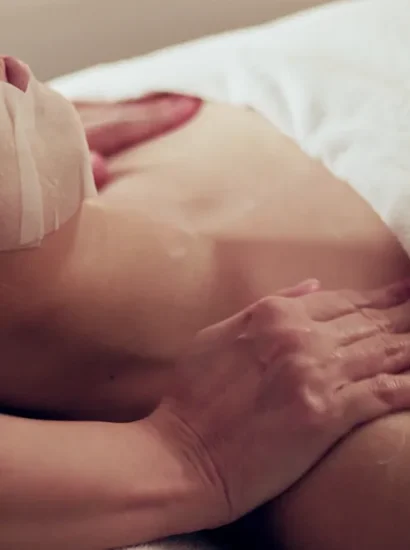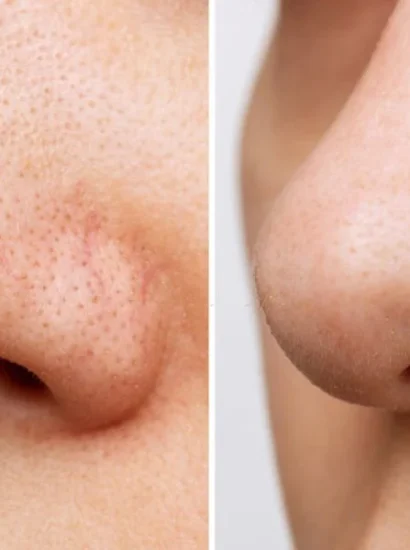Achieving smooth, soft, and radiant lips isn’t just about finding the perfect lipstick or gloss. It also involves proper lip care, which includes exfoliation. Lip peels are an excellent way to rejuvenate and refresh your lips, giving them a healthy and youthful appearance. In this comprehensive guide, we’ll cover everything you need to know about lip peels—from what they are and how they work to the best practices and top products.
What Is a Lip Peel?
A lip peel is a cosmetic treatment designed to exfoliate the surface of your lips. It removes dead skin cells, leaving your lips smoother and more refined. Unlike lip scrubs, which use physical exfoliants like granules or beads, lip peels typically use chemical exfoliants, such as alpha-hydroxy acids (AHAs) or beta-hydroxy acids (BHAs). These acids work by dissolving the bonds between dead skin cells, allowing them to be easily sloughed away. The key benefits of lip peels include exfoliating dead skin cells, improving lip texture, and enhancing hydration, which prepares your lips for better absorption of moisturizers and treatments.
How Does a Lip Peel Work?
Lip peels operate through chemical reactions rather than physical abrasion. AHAs, like glycolic acid and lactic acid, exfoliate the surface layer of skin, while BHAs, such as salicylic acid, penetrate deeper to address impurities and exfoliate more stubborn skin. Here’s a step-by-step breakdown of how a typical lip peel works: First, your lips are cleaned to remove any makeup, oils, or debris. Then, the peel is applied to the lips using a brush or applicator and left on for a specified period to allow the active ingredients to work. Afterward, the peel is washed off with lukewarm water or neutralized with a specific solution, and a moisturizer or lip balm is applied to soothe and hydrate the lips. The effectiveness of a lip peel depends on the concentration of the exfoliating acids and the duration of application, so always follow the product instructions or consult a professional.
Benefits of Using a Lip Peel
Lip peels offer several benefits that contribute to the overall health and appearance of your lips. They help in removing rough patches and uneven skin, brightening your lips by reducing dark spots and enhancing their natural color, and promoting collagen production, which can reduce the appearance of fine lines around the lips. Additionally, lip peels prepare your lips for better absorption of lip balms, lipsticks, and other treatments. For best results, use lip peels as part of a regular lip care routine, combining them with hydrating and nourishing products.
Choosing the Right Lip Peel for Your Skin Type
Selecting the right lip peel involves considering your skin type and concerns. If you have sensitive skin, opt for a gentler formula with lower concentrations of acids, such as lactic acid. For dry lips, look for peels that include hydrating ingredients like hyaluronic acid. Those with oily or acne-prone lips may benefit from BHAs, such as salicylic acid, which can help with oil control and preventing clogged pores. If you’re unsure which product to choose, consult a dermatologist or skincare professional for personalized recommendations.
DIY Lip Peels vs. Professional Treatments
When it comes to lip peels, you have two main options: DIY treatments or professional procedures. Each has its own set of pros and cons. DIY lip peels are cost-effective, convenient, and easy to do at home. However, they may not be as potent as professional treatments and carry a risk of improper application. Professional treatments are customized to your needs, feature higher concentrations of active ingredients, and are supervised by experts, but they are more expensive and require a visit to a clinic or spa. For first-time users, starting with a gentle DIY peel might be beneficial. For more advanced concerns, professional treatments may be more effective.
How to Apply a Lip Peel at Home
If you choose to use a DIY lip peel, follow these steps for optimal results. First, always perform a patch test 24 hours before application to ensure you don’t have an adverse reaction. Next, cleanse your lips thoroughly and pat them dry. Use an applicator or brush to apply a thin layer of the peel to your lips, allowing it to sit as per the product’s instructions (usually 2-5 minutes). Then, gently wash off the peel with lukewarm water. Finally, apply a hydrating lip balm or moisturizer. Follow the instructions on the product packaging for the best results and avoid over-exfoliating.
Common Mistakes to Avoid
When using lip peels, there are several common mistakes you should avoid. Overuse of the product can lead to irritation and dryness, so stick to the recommended frequency. Improper application, such as applying too much product or leaving it on for too long, can cause sensitivity. Additionally, not moisturizing after the peel can lead to dryness and flakiness. Always read and follow the product’s directions carefully to avoid these pitfalls.
Aftercare Tips for Optimal Results
Proper aftercare is crucial to ensure the best results from your lip peel. Hydrate your lips by applying a nourishing lip balm or treatment immediately after the peel. Protect your lips from sun damage, as they may be more sensitive after exfoliation, by using a lip balm with SPF. Avoid using harsh products or physical exfoliants on your lips for a few days. Incorporate a hydrating and soothing lip care routine to maintain the benefits of the peel.
Top Lip Peel Products to Try
Here are some popular lip peel products that are highly rated. Brand A Lip Peel is known for its gentle formula and hydrating properties. Brand B Lip Exfoliator features a blend of AHAs and BHAs for effective exfoliation. Brand C Lip Treatment offers a soothing and hydrating experience with natural ingredients. Brand D Exfoliating Balm combines exfoliation with moisturization for smooth lips. Always check reviews and ingredient lists to ensure the product suits your needs.
DIY Lip Peel Recipes You Can Try at Home
If you prefer natural and homemade solutions, here are a few DIY lip peel recipes you can try at home. For a gentle peel, mix a teaspoon of honey with a few drops of lemon juice and apply it to your lips for 5 minutes before rinsing off. Another effective recipe involves mixing a teaspoon of yogurt with a pinch of turmeric and applying it to your lips for 5-10 minutes. For a more intensive peel, create a mixture of sugar and olive oil, gently massaging it onto your lips in circular motions before rinsing off. These natural ingredients help exfoliate and nourish your lips, giving them a smoother and healthier appearance.
Conclusion
A lip peel can be a game-changer in your skincare routine, offering a quick and effective way to rejuvenate your lips. By understanding what lip peels are, how they work, and how to use them properly, you can achieve stunning, smooth, and healthy lips. Whether you opt for a DIY peel or a professional treatment, the key is consistency and proper aftercare. So, explore the world of lip peels and give your lips the care they deserve!
FAQ
1. How often should I use a lip peel?
For most people, using a lip peel once a week is sufficient. Overuse can lead to irritation.
2. Can I use a lip peel if I have sensitive skin?
Yes, but choose a product designed for sensitive skin and perform a patch test first.
3. Are there any side effects of using a lip peel?
Potential side effects include dryness, redness, or irritation. If you experience severe reactions, discontinue use and consult a dermatologist.
4. Can I apply lipstick right after a lip peel?
It’s best to wait until your lips have fully recovered and are well-hydrated before applying lipstick.
5. How can I maintain the results of my lip peel?
Maintain results by using hydrating lip products and avoiding excessive sun exposure.
Also read :SKINCARE BAG ESSENTIALS: 10 MUST-HAVE ITEMS FOR RADIANT SKIN

